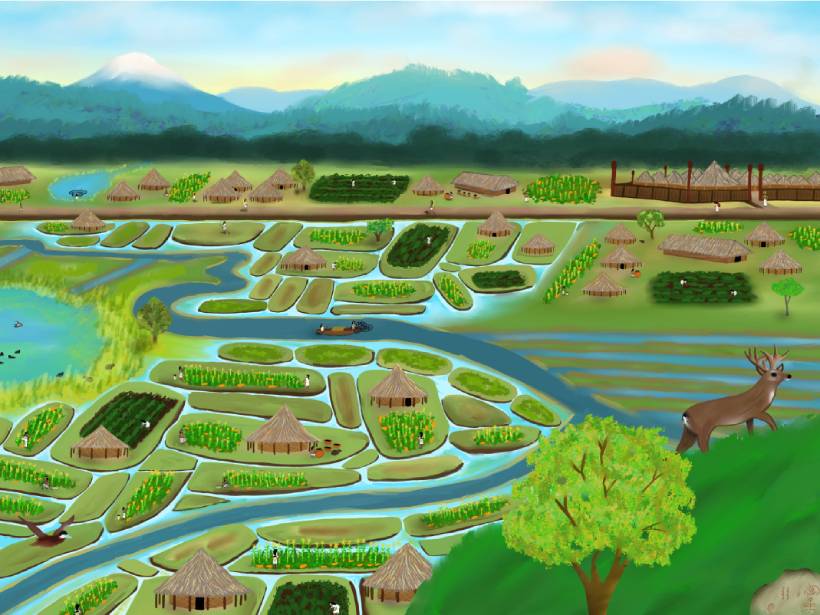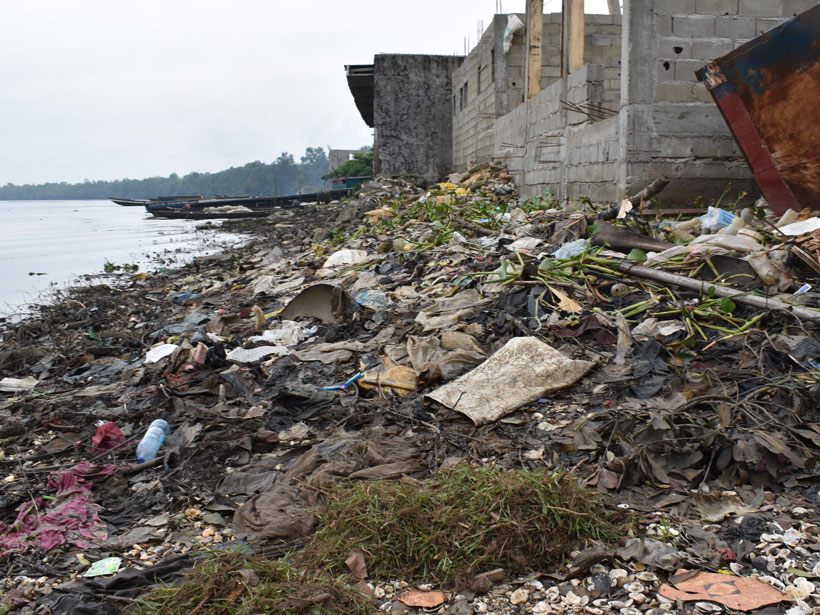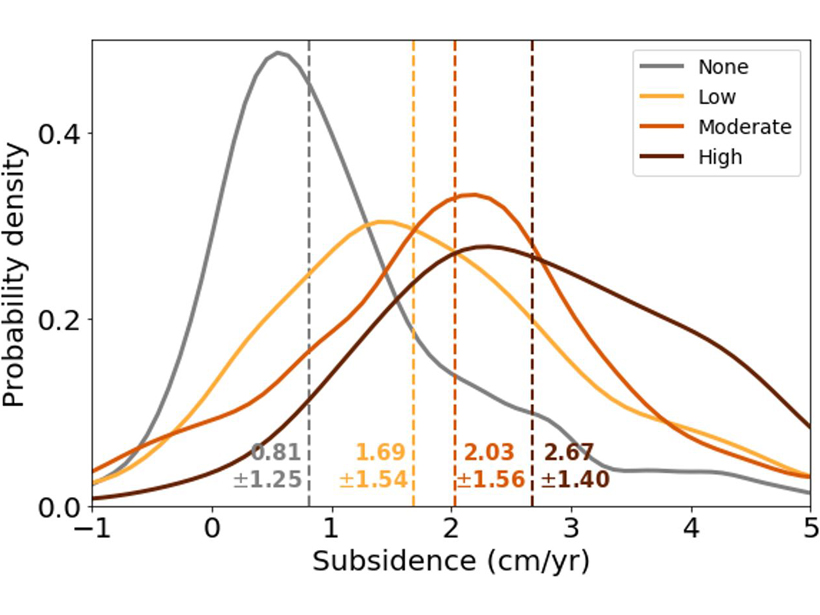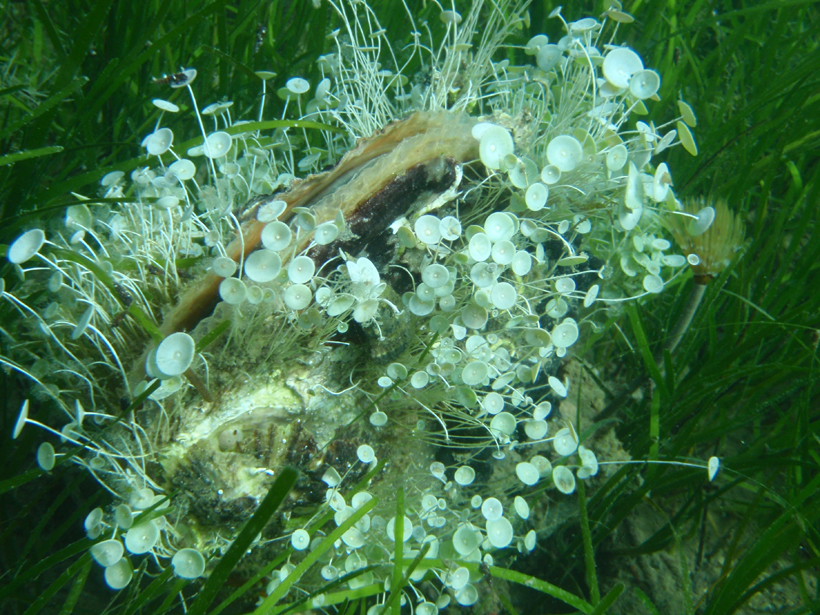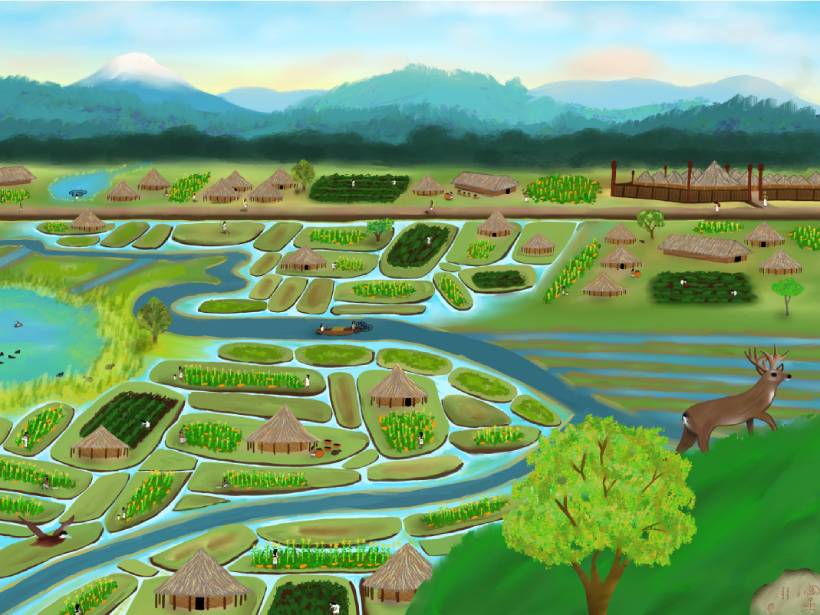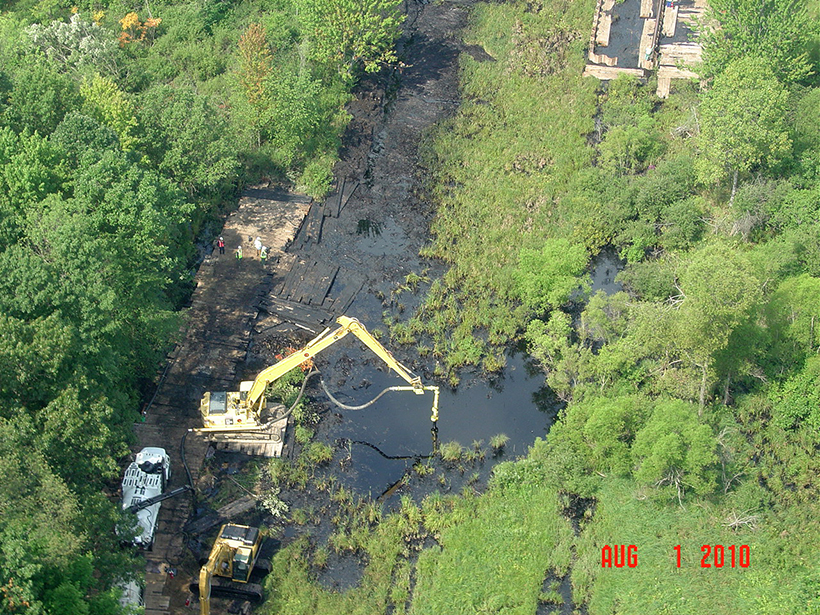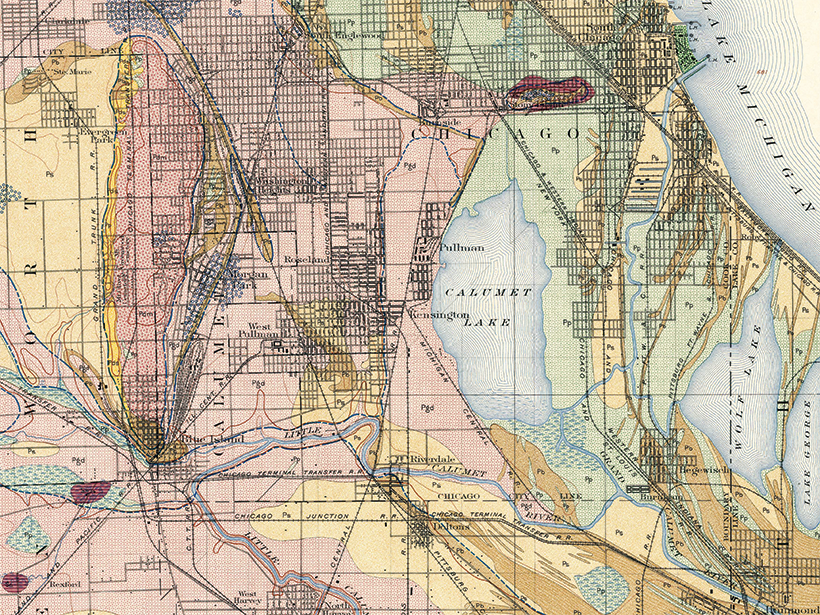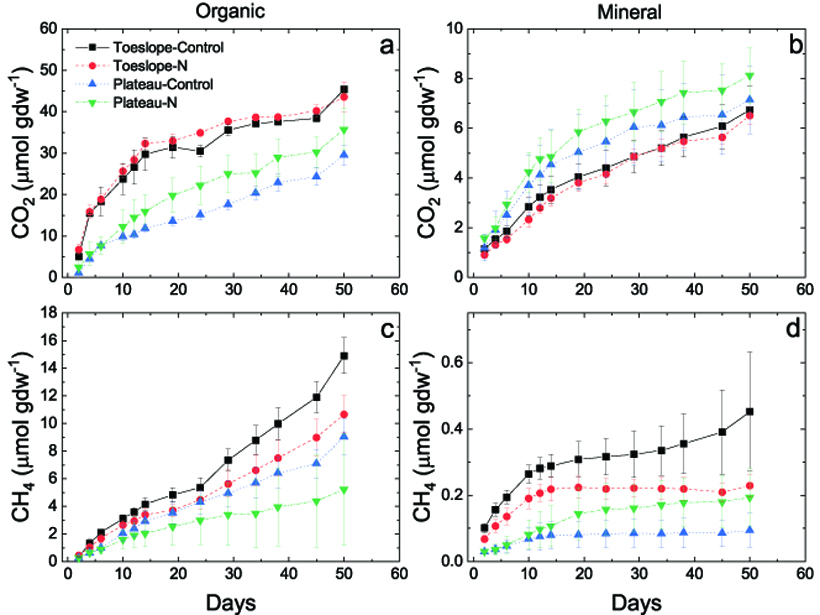Los complejos sistemas hidráulicos construidos por los Muisca ayudaron a desarollar los vibrantes humedales urbanos de la capital de Colombia.
wetlands
Cameroon’s Mangrove Forests Are Choking on Plastics
Rapid urbanization and insufficient waste management are threatening the environmentally and culturally vital Wouri Estuary. Solutions are needed to save these and other mangroves around the world.
SE Asia Peatlands Subsidence Tied to Drainage Density
Human-made channelization significantly accelerates peat decomposition and drives ground-surface deformation in tropical wetlands.
Coastal Ecosystems Under Pressure Worldwide
A new book explores how two river-dominated coastal estuaries are responding to the pressures of human expansion and climate change.
Aerial Photographs Uncover Bogotá’s Indigenous Hydraulic System
Complex hydraulic systems built by the Muisca people helped define the vibrant urban wetlands of Colombia’s capital city.
El Oleoducto Keystone Derrama 9,120 Barriles de Petróleo en los Humedales de Dakota
La fuga tuvo lugar en una sección pre-existente del oleoducto Keystone. Este es el cuarto derrame del oleoducto en 9 años.
Rising Seas and Agriculture Created Wetlands Along the U.S. East Coast
Most of the tidal marshes along the eastern coast of the United States formed within the past 6,000 years due to a combination of slowly rising seas and European colonization.
Chicago Wetlands Shrank by 40% During the 20th Century
A team of graduate students measured wetland and biodiversity changes during the 100 years following the reversal of the Chicago River.
Coastal Sediment Deficit Appears Smaller Than Previously Thought
With a deficit of sediment needed to compensate for relative sea level rise, a new study demonstrates that organic material cannot be ignored in evaluating mass and volume accumulation rates.
Downhill from Here: Landscape Positions and Greenhouse Emissions
In comparing soils from two tundra wetland landscape positions, landscape position is found to matter, and toeslopes are associated with higher greenhouse gas production.

